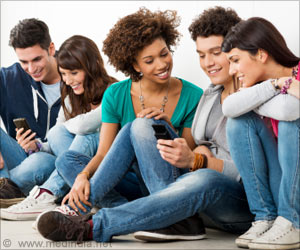
‘About 75 percent of selfies on social media are posted by women, and around one in 10 is posted by users purely looking to build an audience.’
Tweet it Now
About 35 percent of the selfies were autobiographical", or images depicting a person's life such as weddings, graduations, and even grocery shopping. Study co-authors Dr Toni Eagar and Dr Stephen Dann said that users were mimicking business marketing practices to build their profile.
"These are people selling a view of their lifestyle or themselves, and the currency of the transaction is likes and follows. The aim is to build an audience and establish a type of fame or admiration on social media," said Dr Eagar.
Some Instagram users were running their accounts like a "commercial exchange" advertising themselves.
"It was very deliberate; they had plans and they clearly had ambitions. For those users, the goal was often to attract companies looking to promote their products, following a wider marketing trend moving away from celebrities to social media influencers.”
Advertisement
"It's neither narcissism nor self-empowerment. People are using selfies as a tool as part of their everyday life."
Advertisement
The autobiographical selfie represented 35 percent of all selfies, followed by romance (21%), parody (12%), propaganda (11%), coffee table (9%), self-help (7%) and travel diary at (6%).
The study is the European Journal of Marketing.
Source-Medindia










